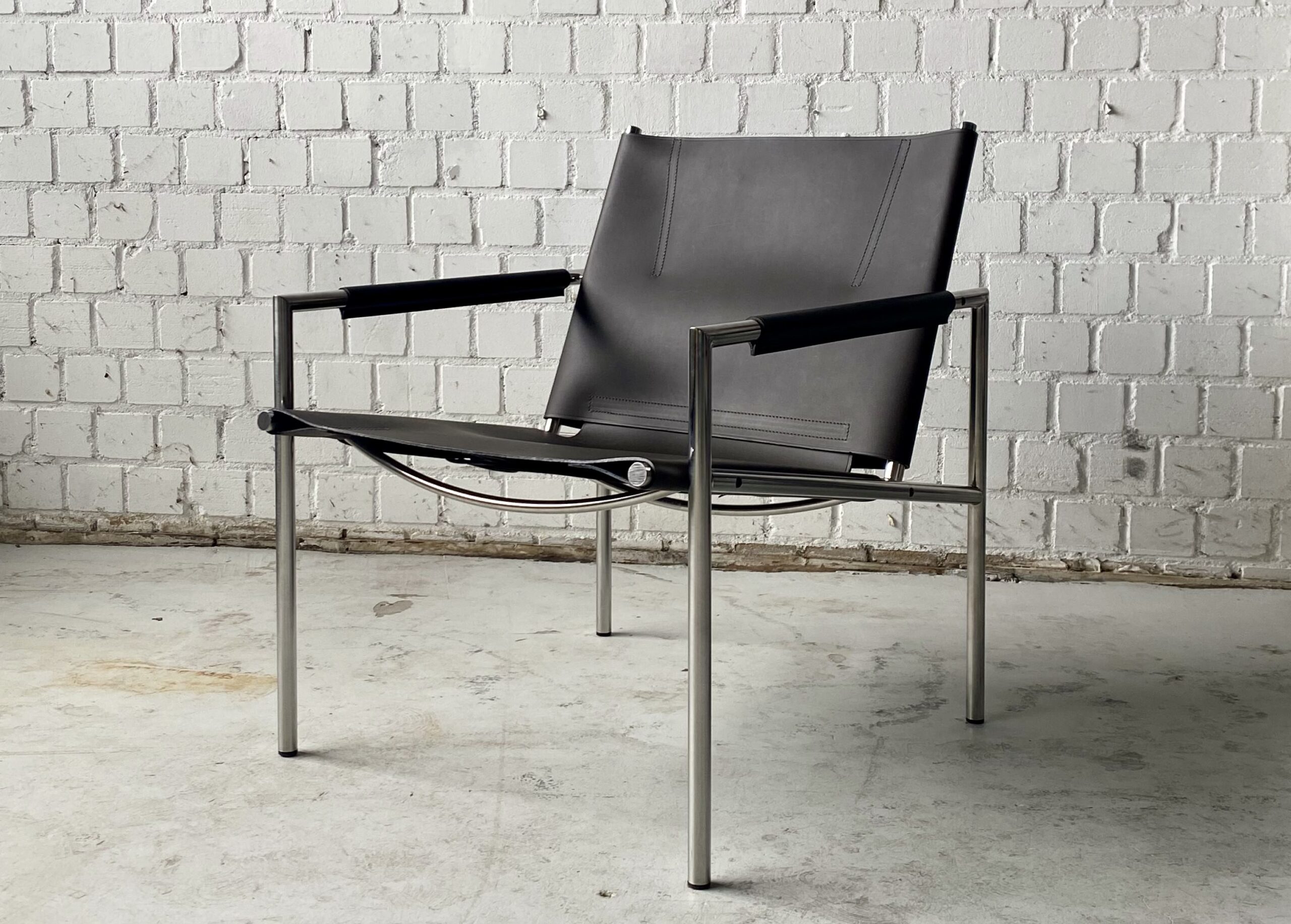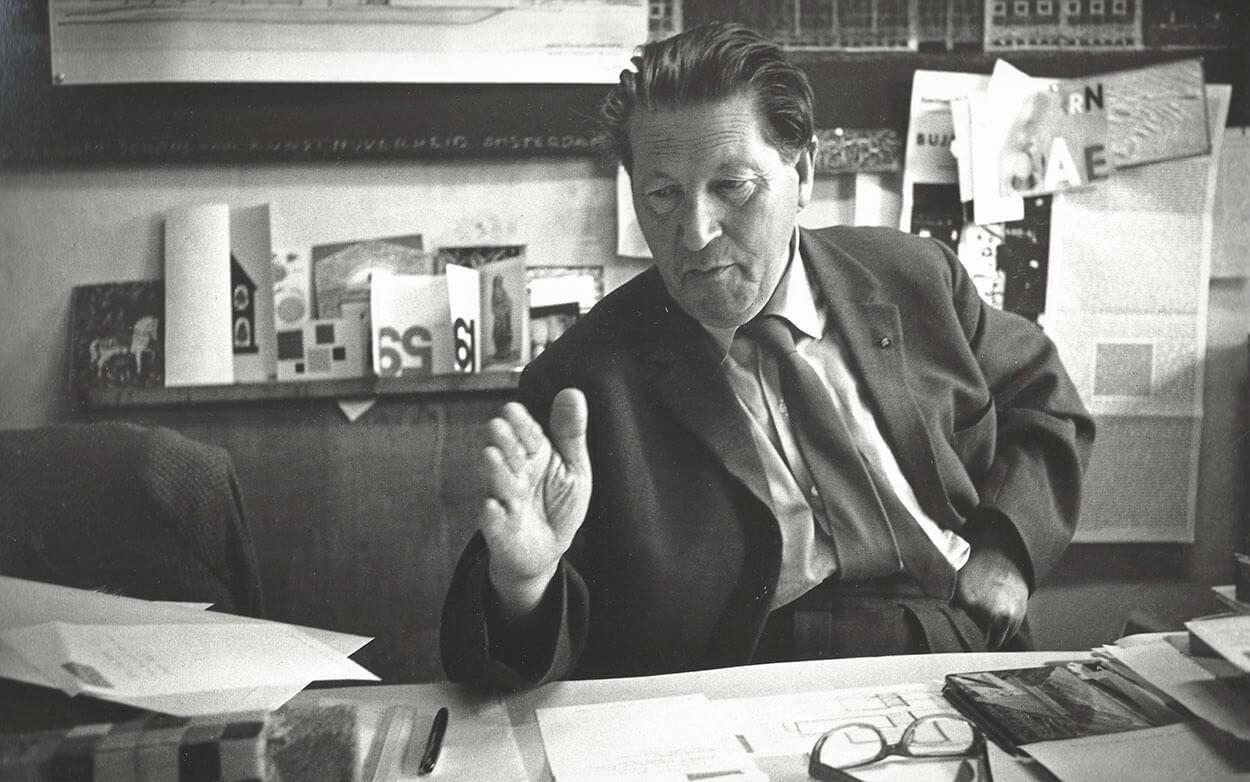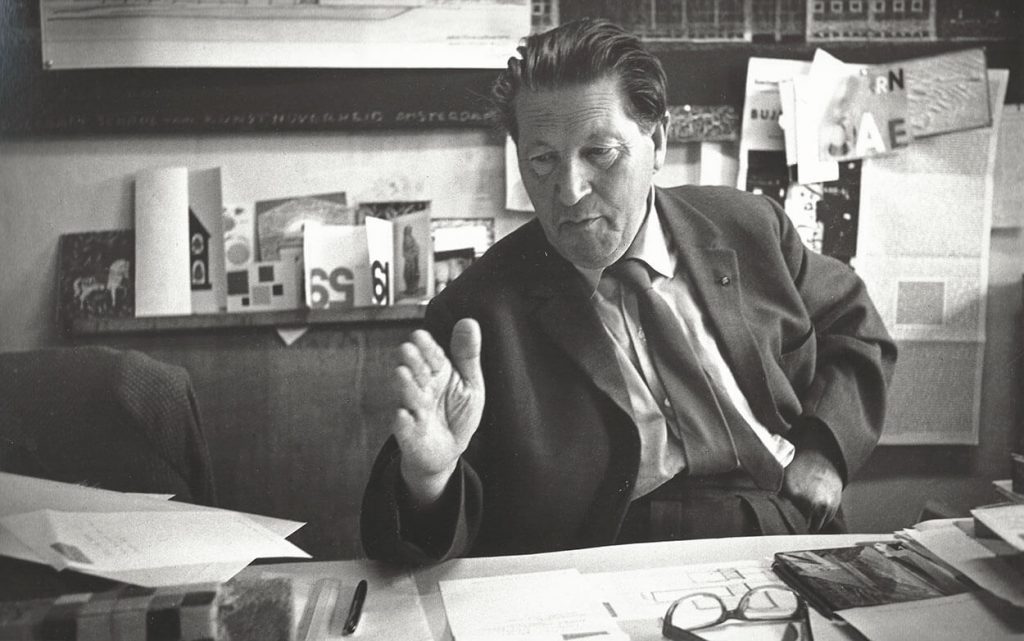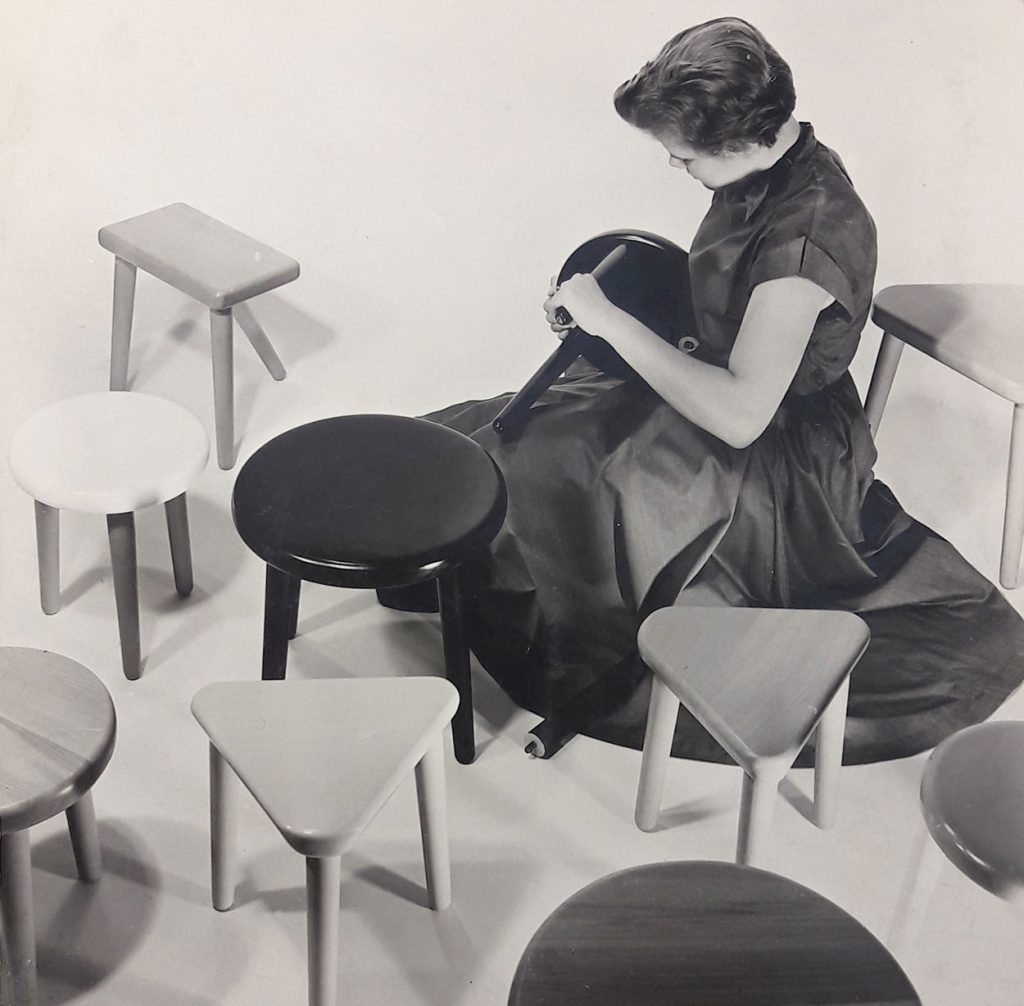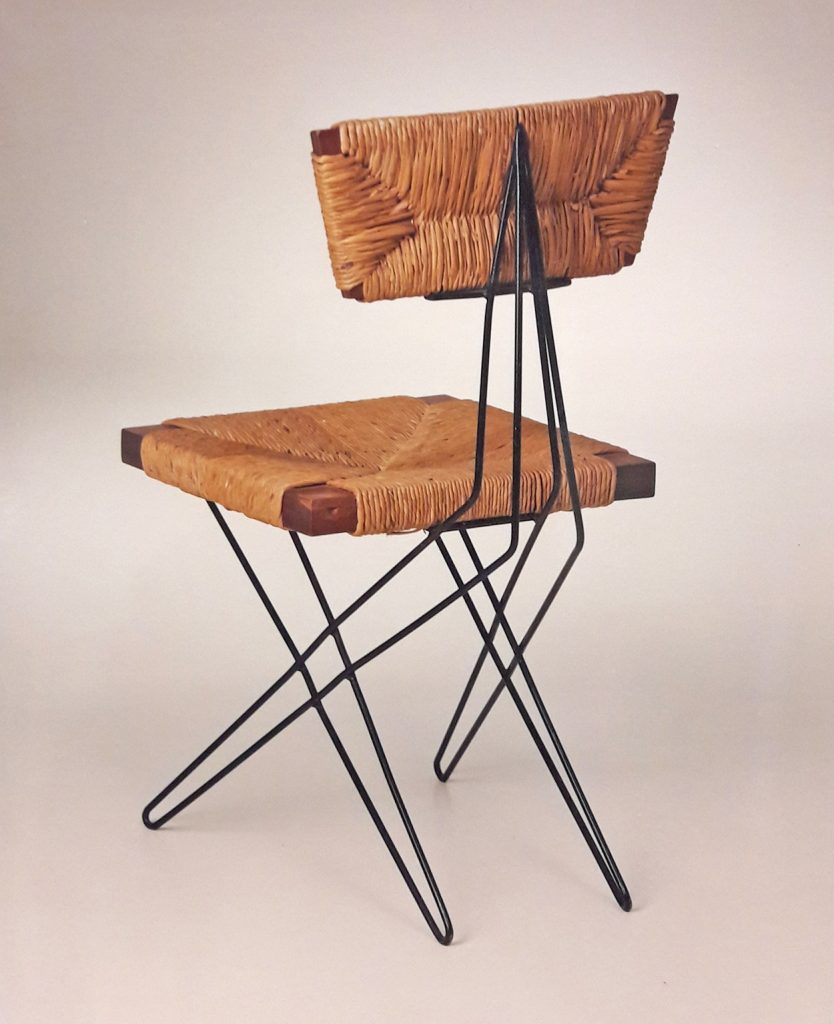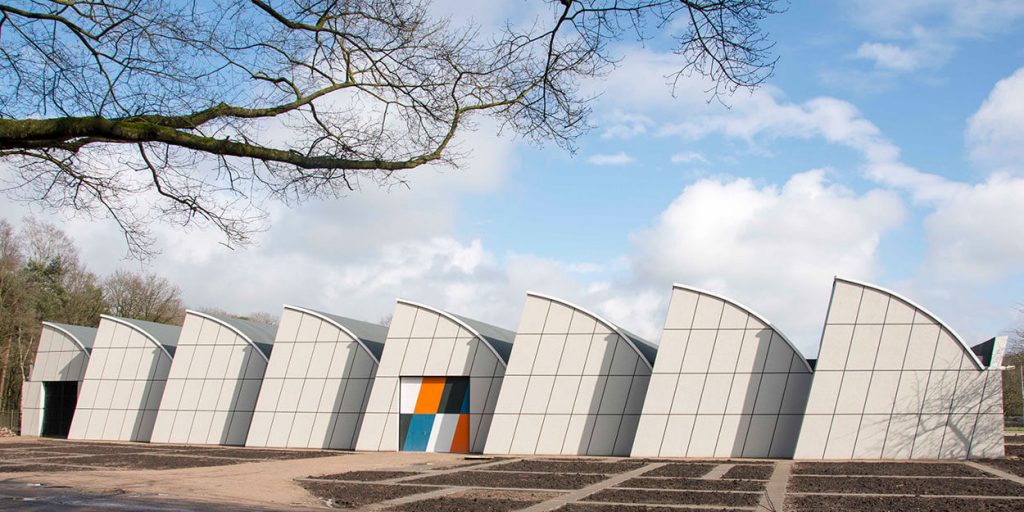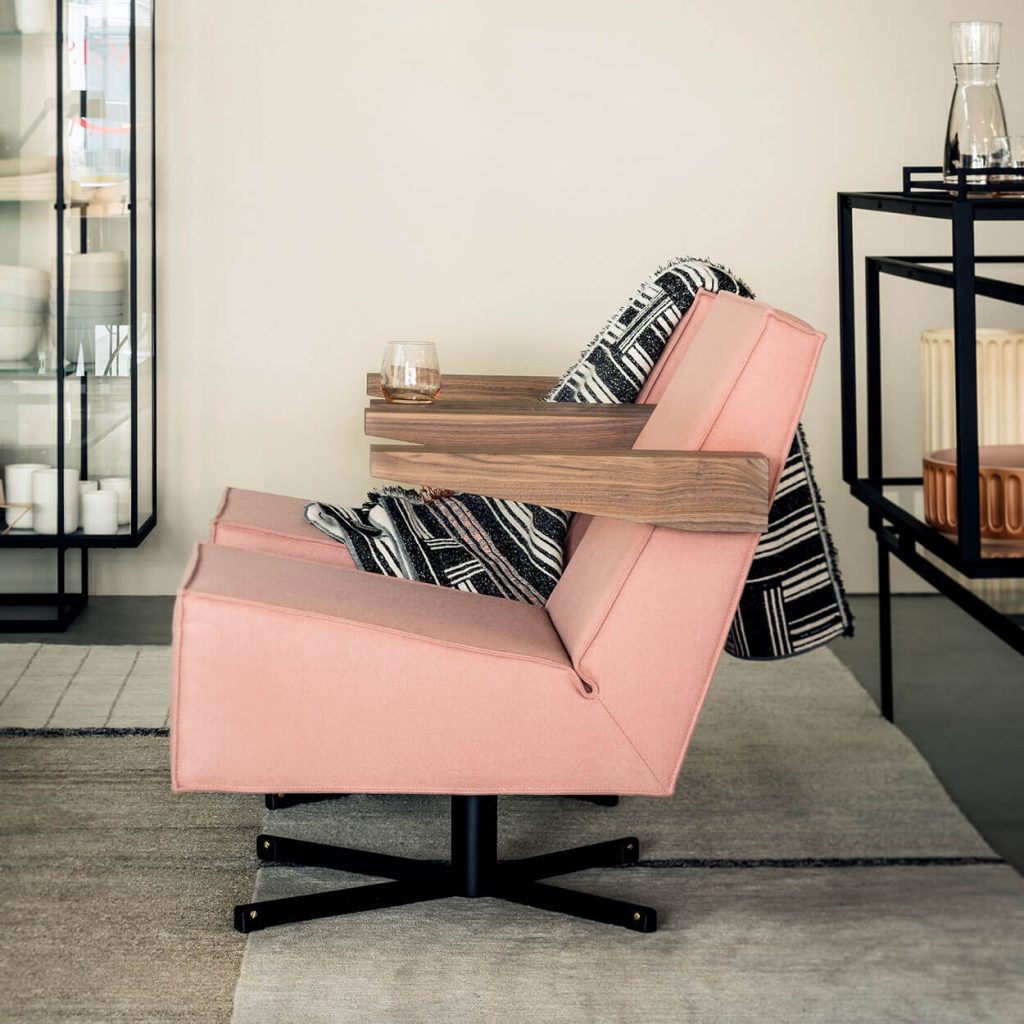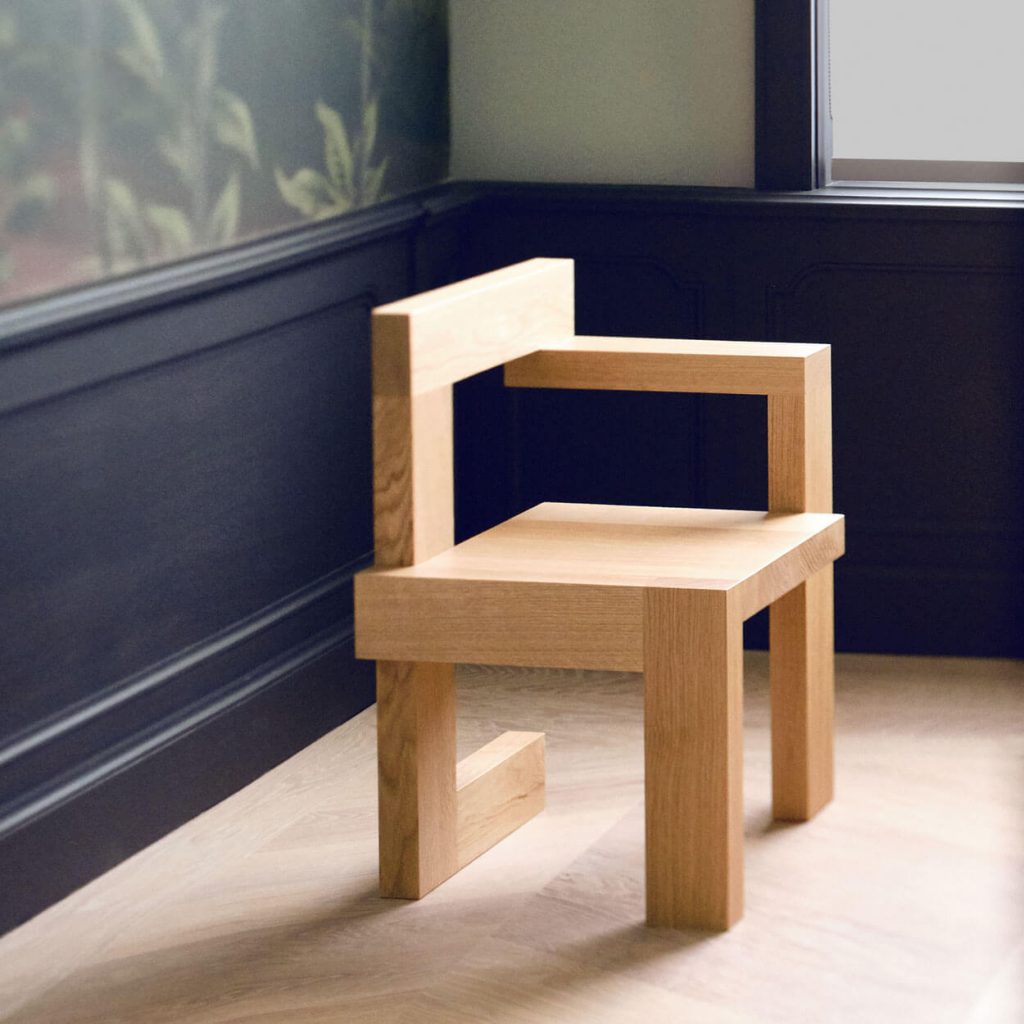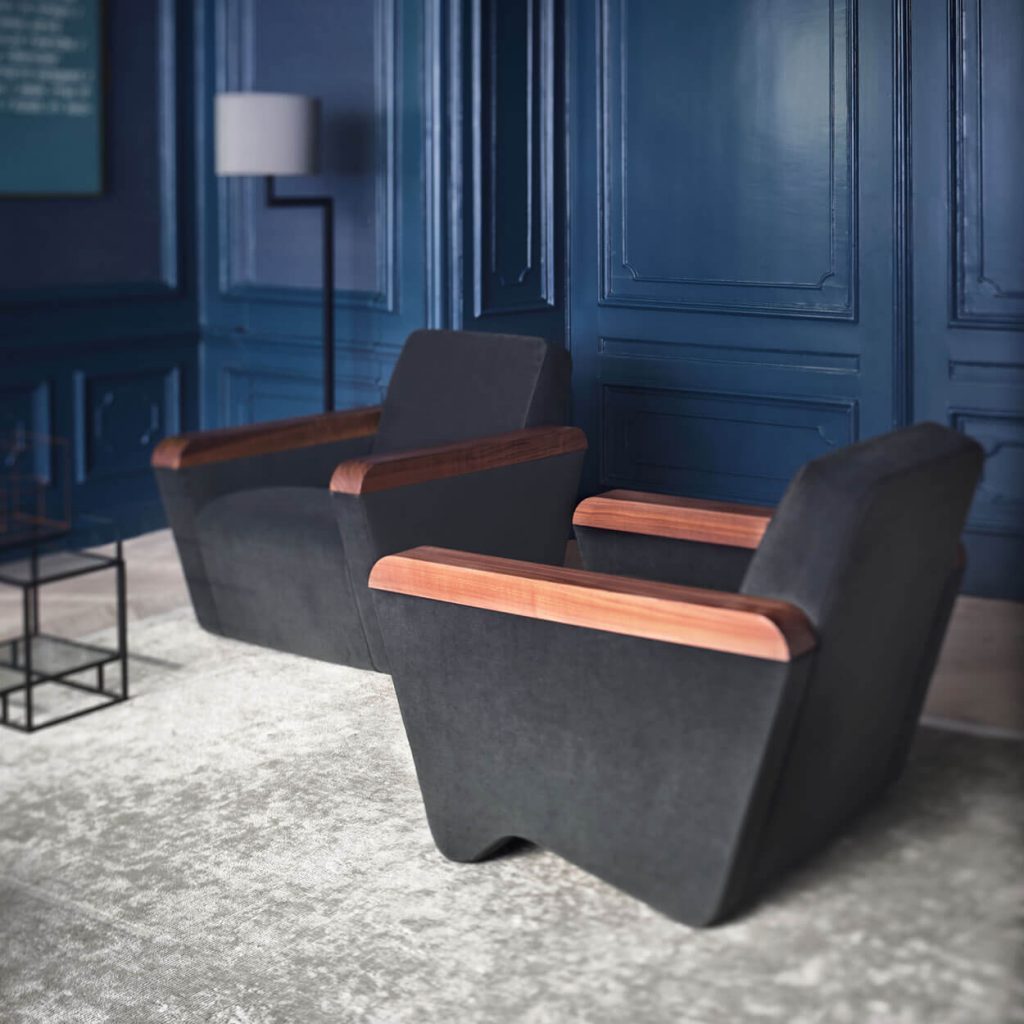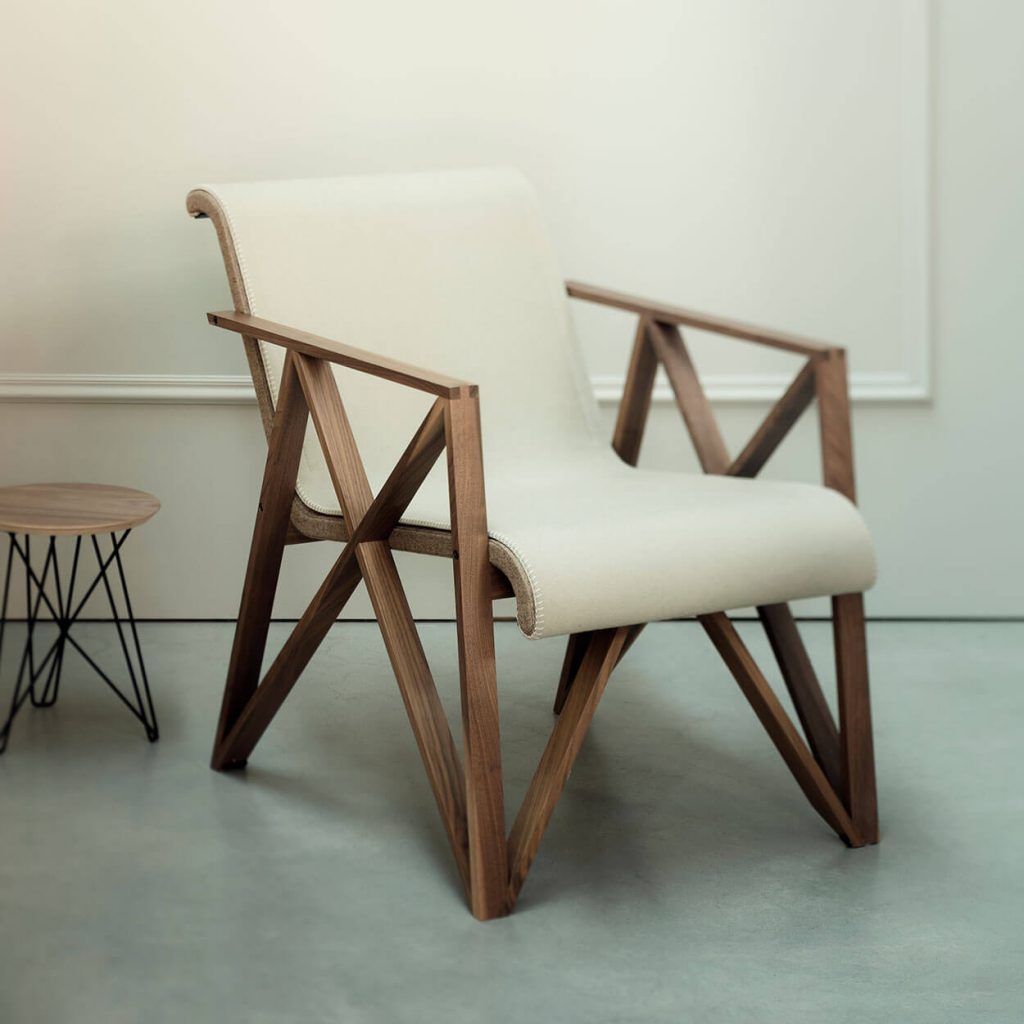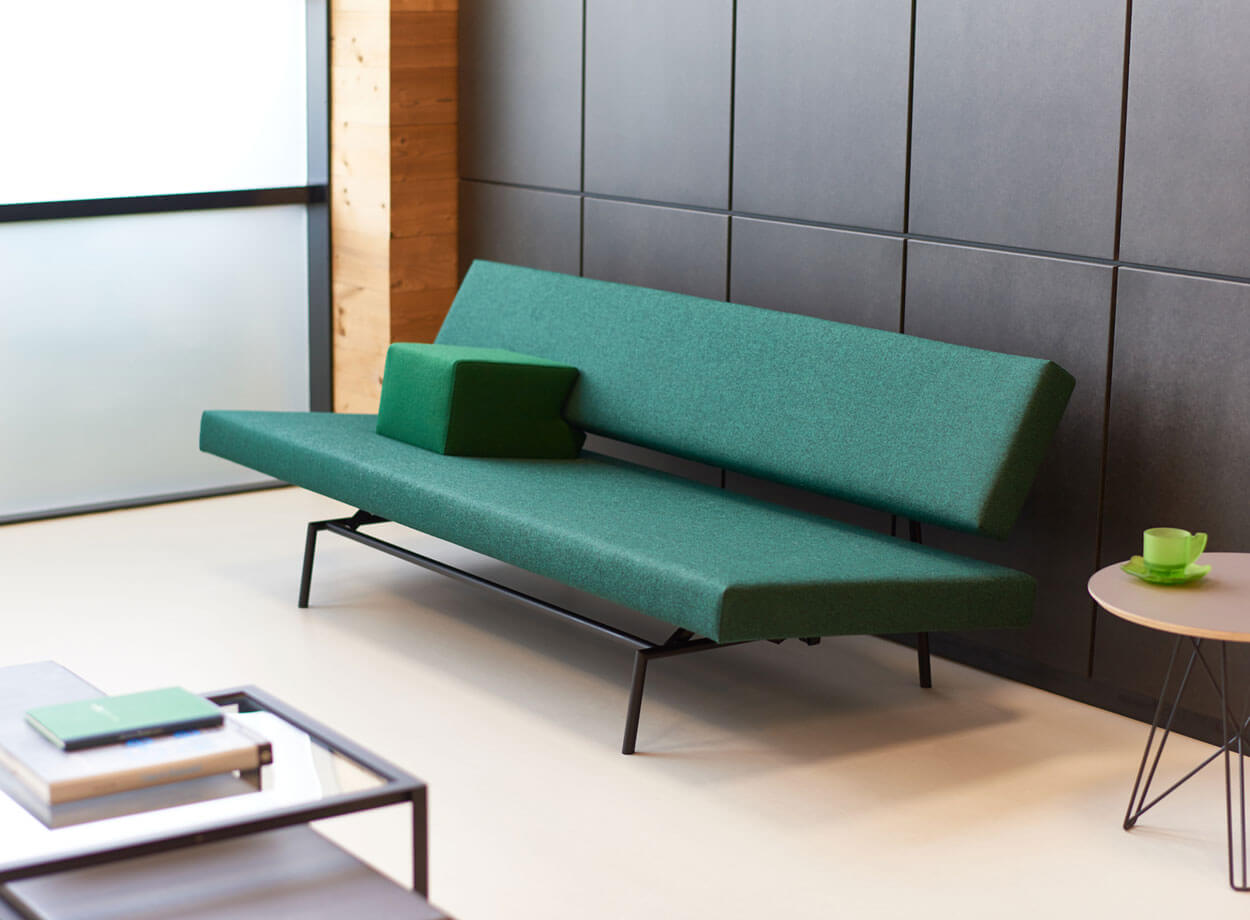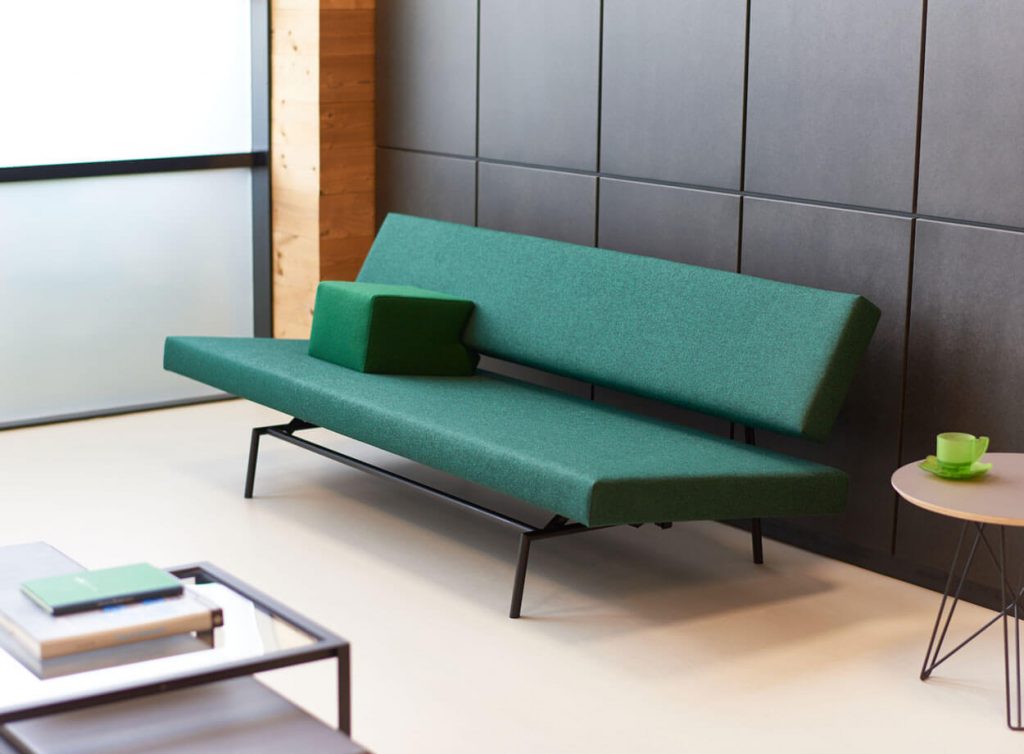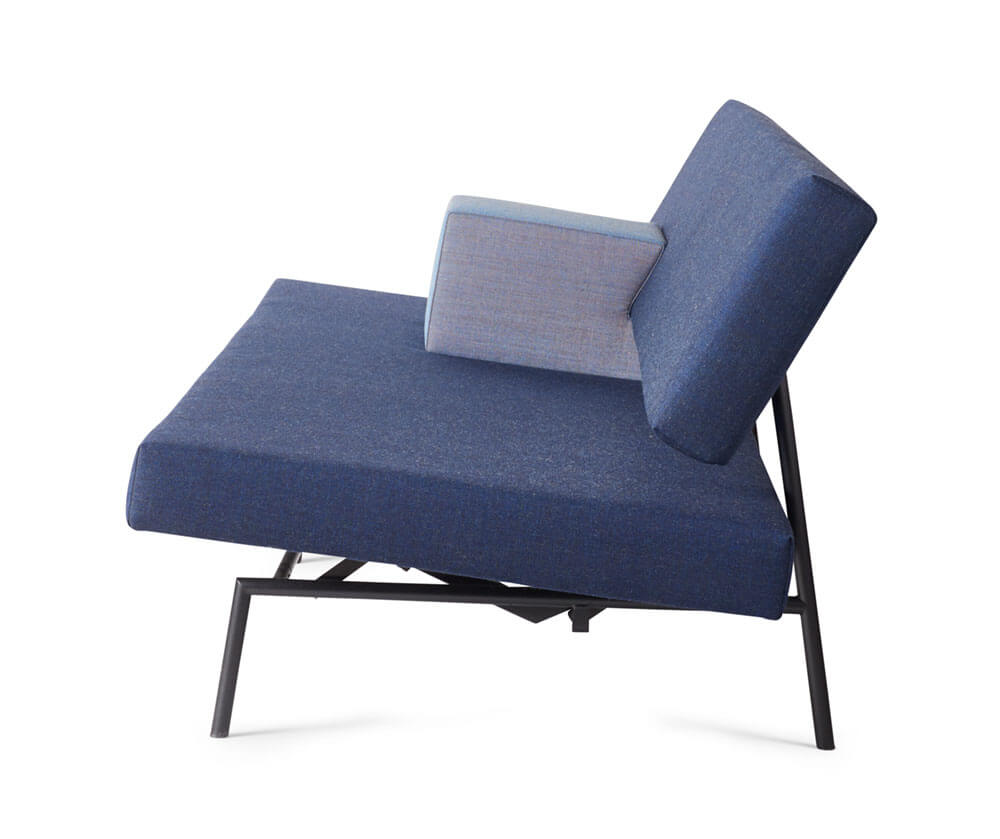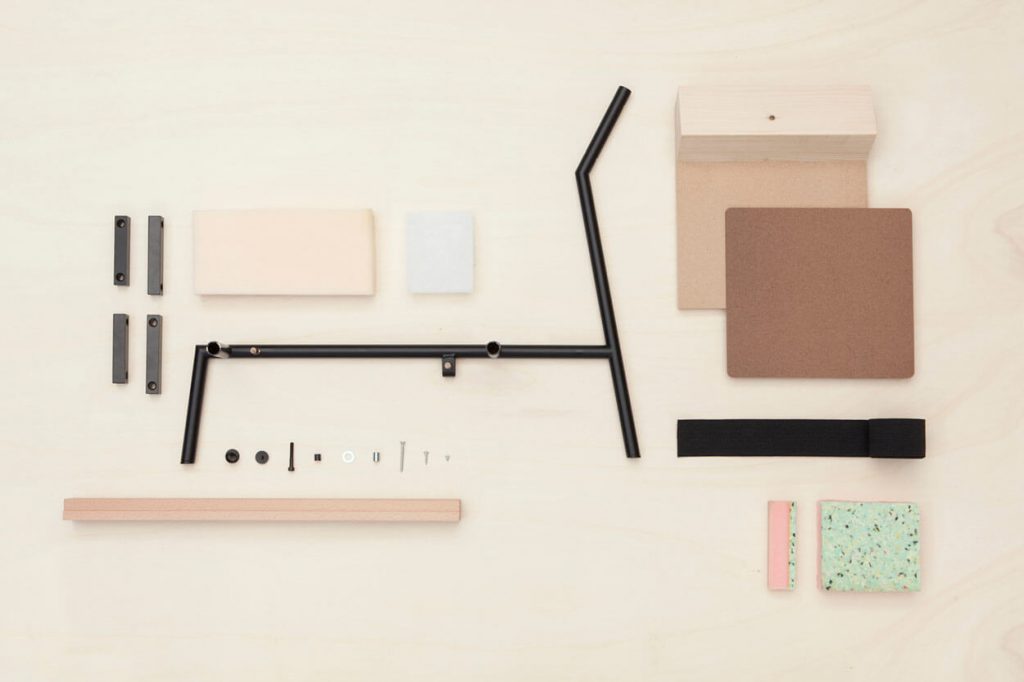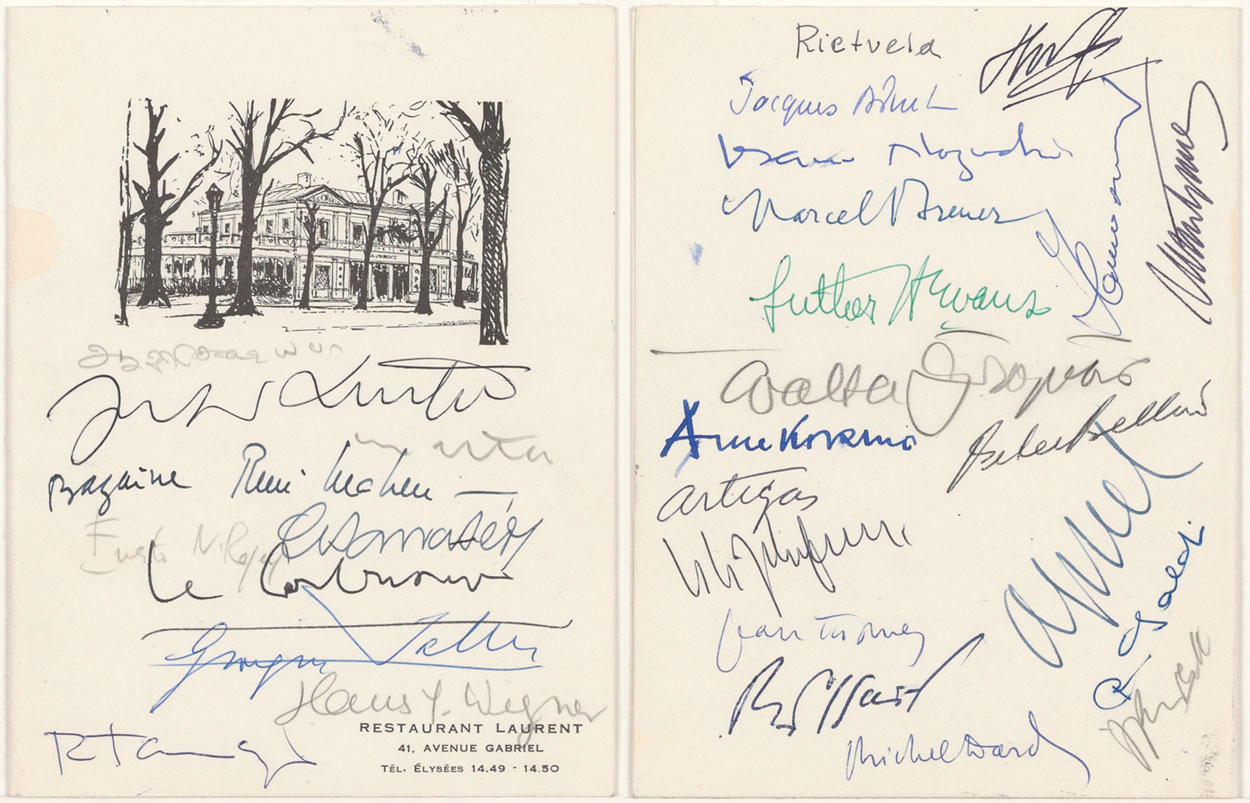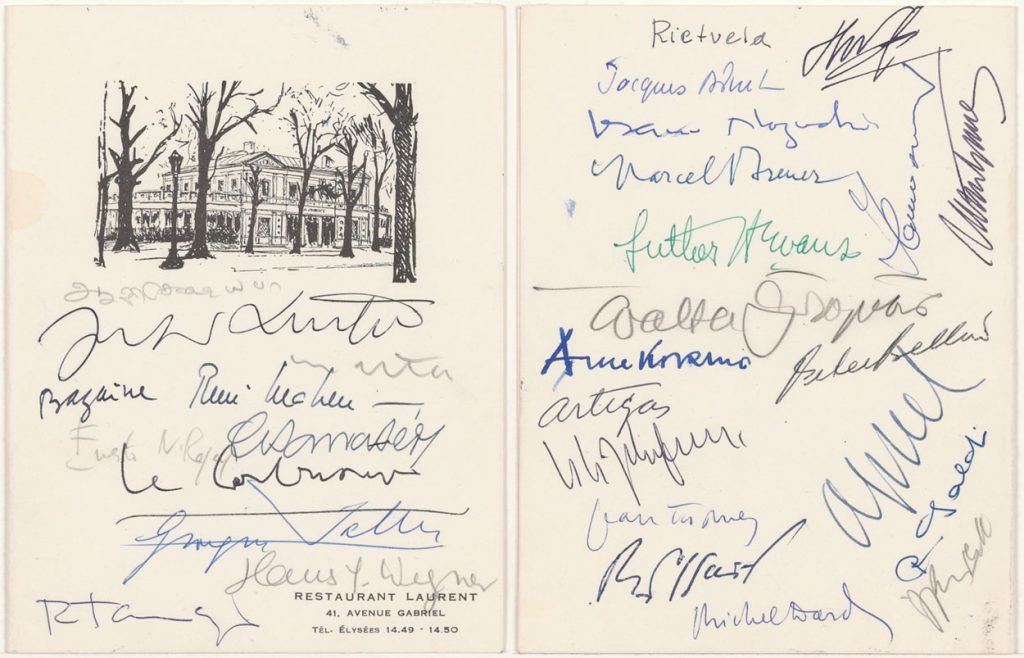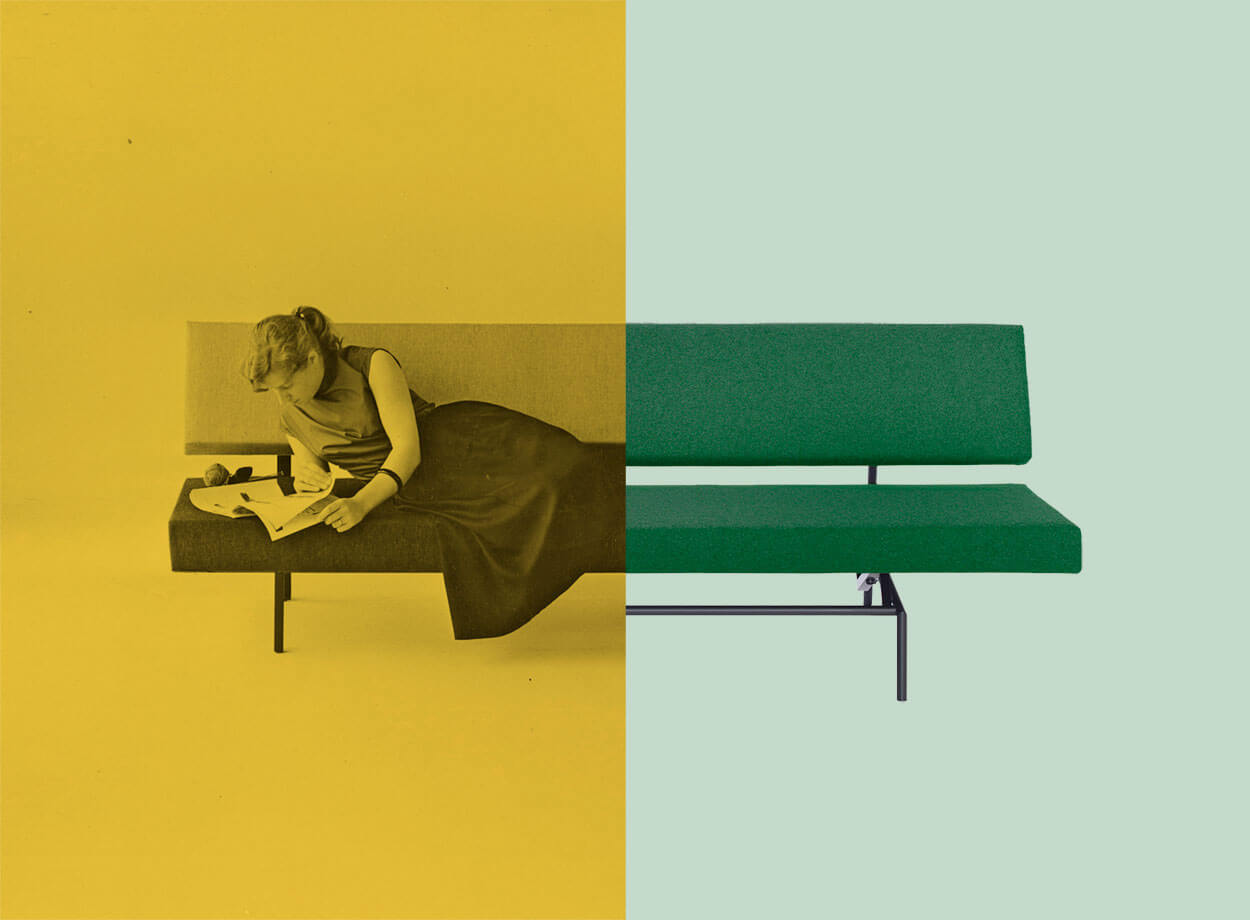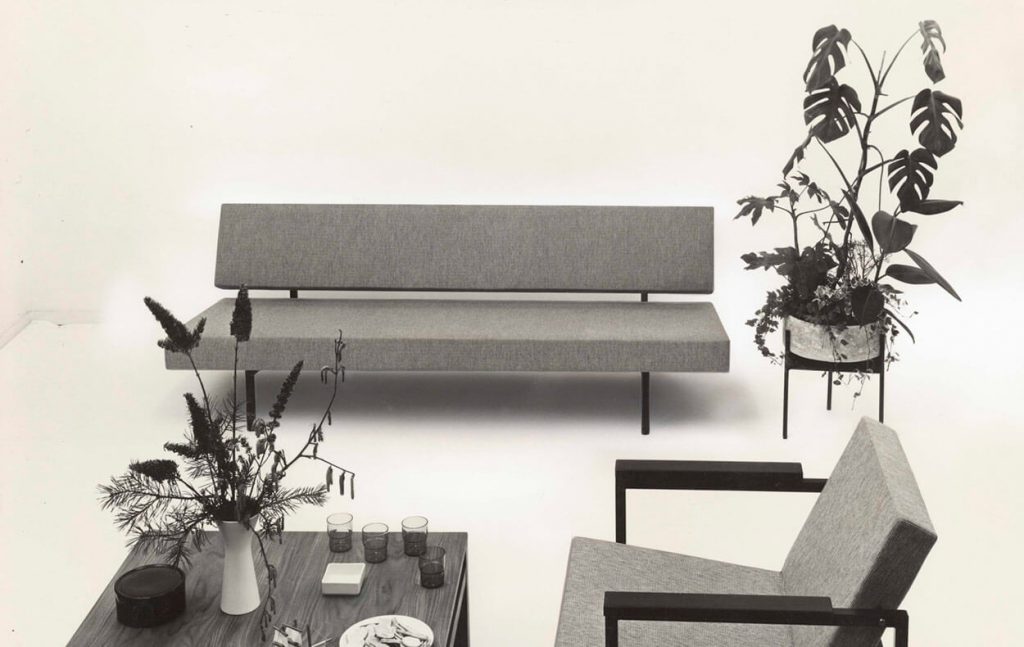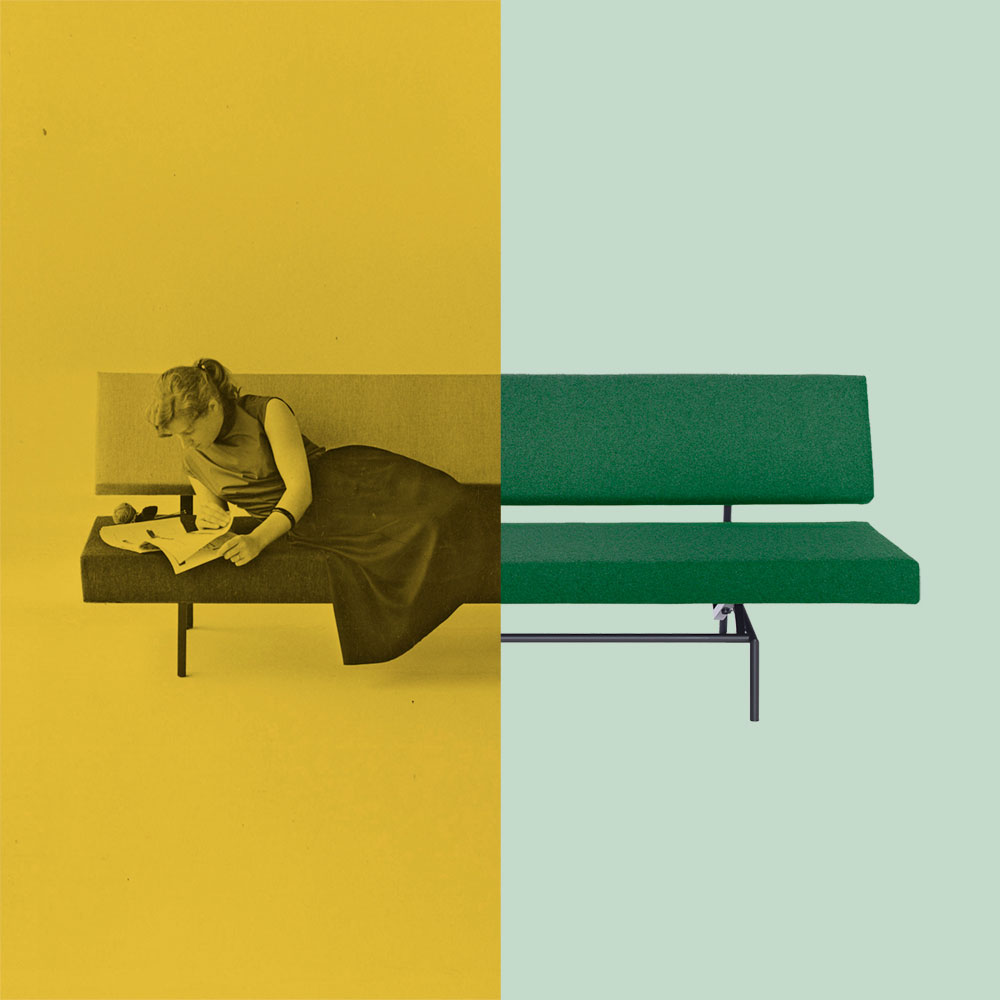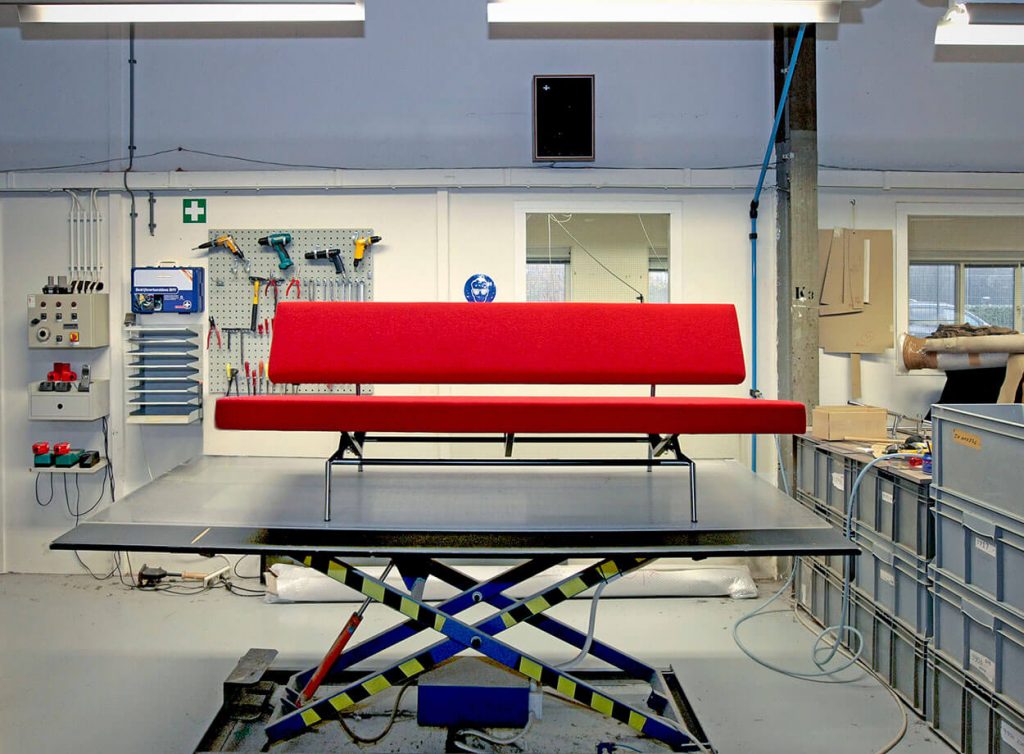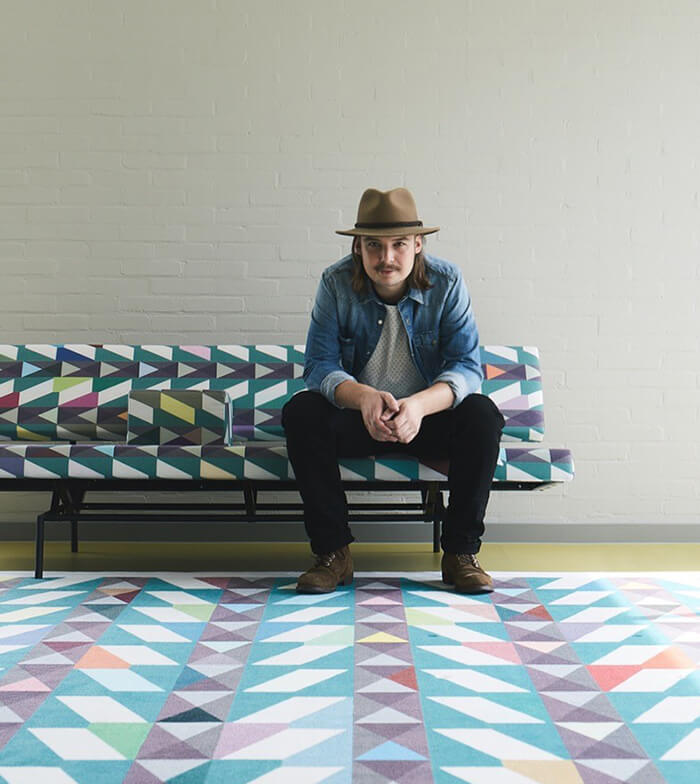DISCOVER DETAILS ONLY A TRUE CONNOISSEUR WILL NOTICE
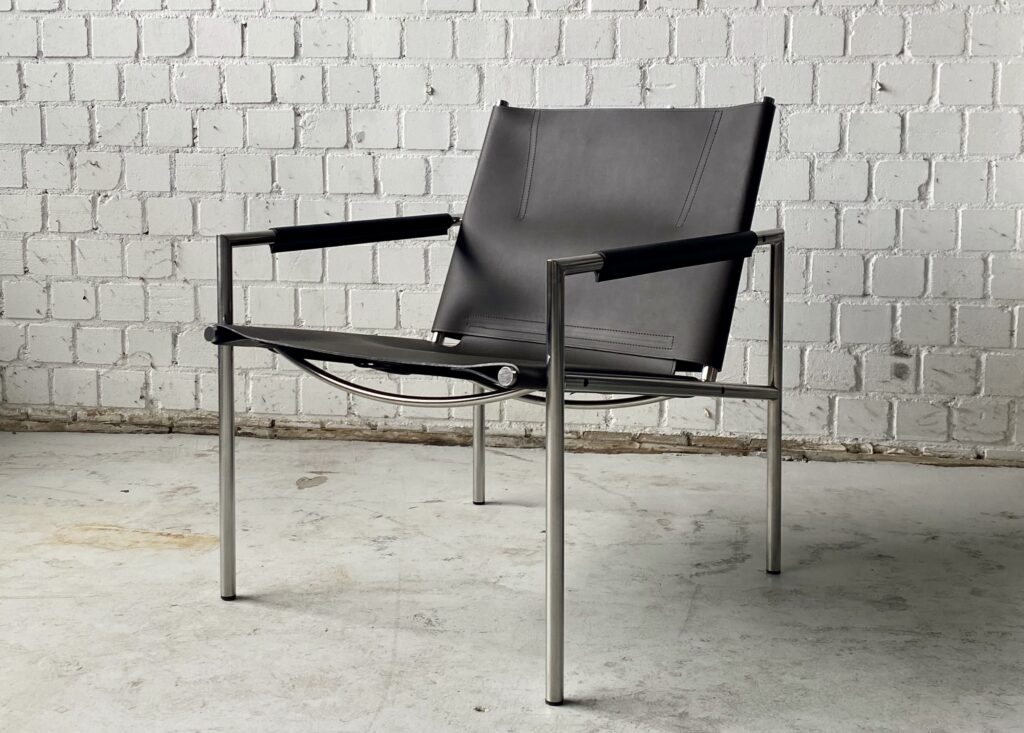
Exceptional design is in the detail and a perfect example is the SZ 02 armchair, designed by Martin Visser in 1960. While some may not immediately recognize what is so special about this design, true design lovers will be immediately intrigued by this armchair. We would like to take you through all the ‘hidden’ details of the SZ 02, which make this armchair a true work of art.
At first glance
The SZ 02 exudes minimalism. This makes the armchair timeless and versatile, but not immediately a true classic. Until you look further and are surprised by all the ‘hidden’ details that can be found in the design. Are you still with us?
It’s all in the detail
If you take the time to have a good look at the SZ 02 armchair, you will probably notice the striking stitching in the seat and back. These chunky lines recur throughout the design and therefore have a grand effect on the chair’s appearance. In addition, the entire cover, including the saddle leather armrests, shows embossing along the entire edge, a line that subtly emphasises the straight and sleek shape.
Besides these particular treatments of the saddle leather, it is also definitely worthwhile to look at the finish of the chrome frame with some extra attention. Instead of bending or rounding it off, Martin Visser has opted for sharp corners that flow into each other through a so-called butt weld. A technique that was hardly used in the early 1960s. The top edges of the pipe are tightly and squarely closed, a detail that is taken for granted but provokes admiration from the design enthusiast.
The strong saddle leather requires craftsmanship in processing and has the natural property of stretching through use, causing the cover to form slightly to the body. To meet this property, Visser added some special and also functional elements.
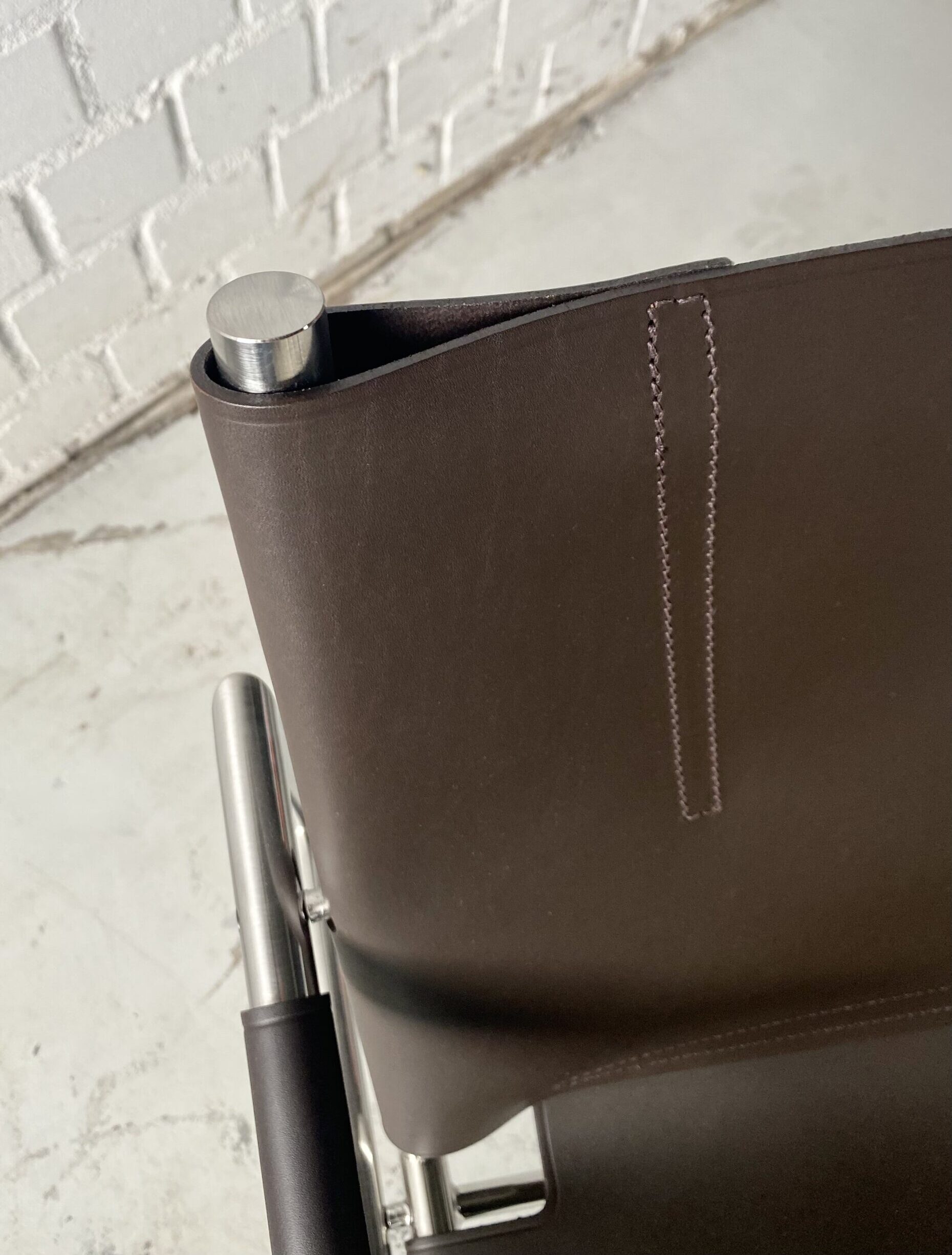
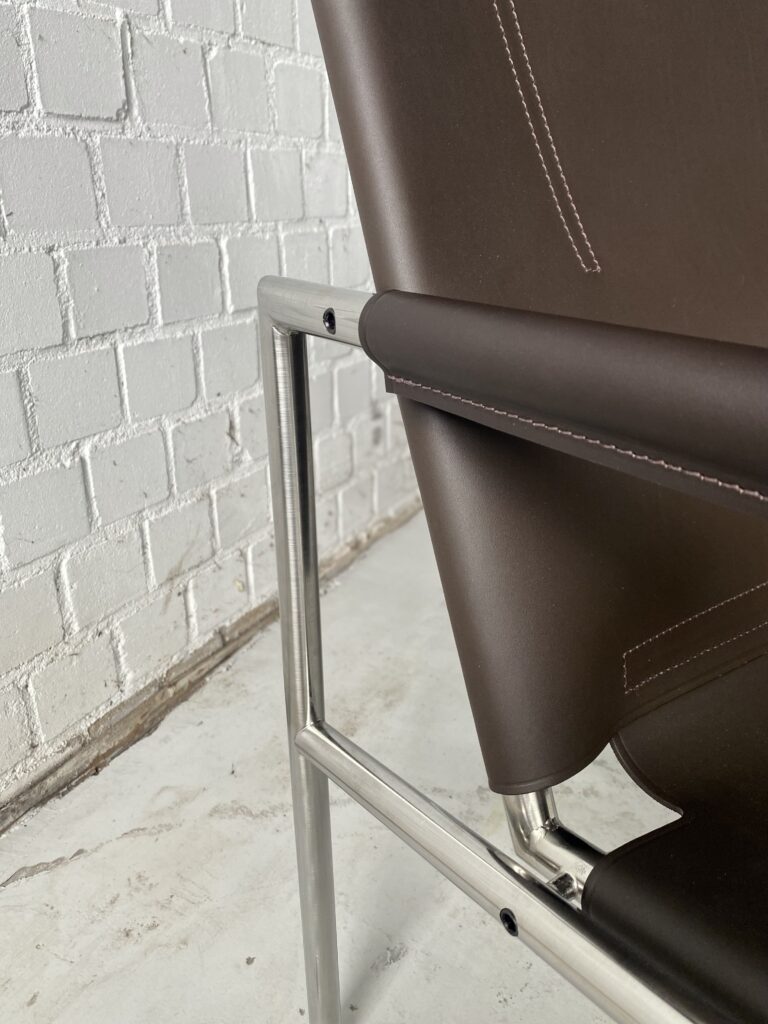
One of the most unique details of the SZ 02 is the buckle on the back of the backrest. The saddle leather on the back surface can be slightly tightened with the buckle.
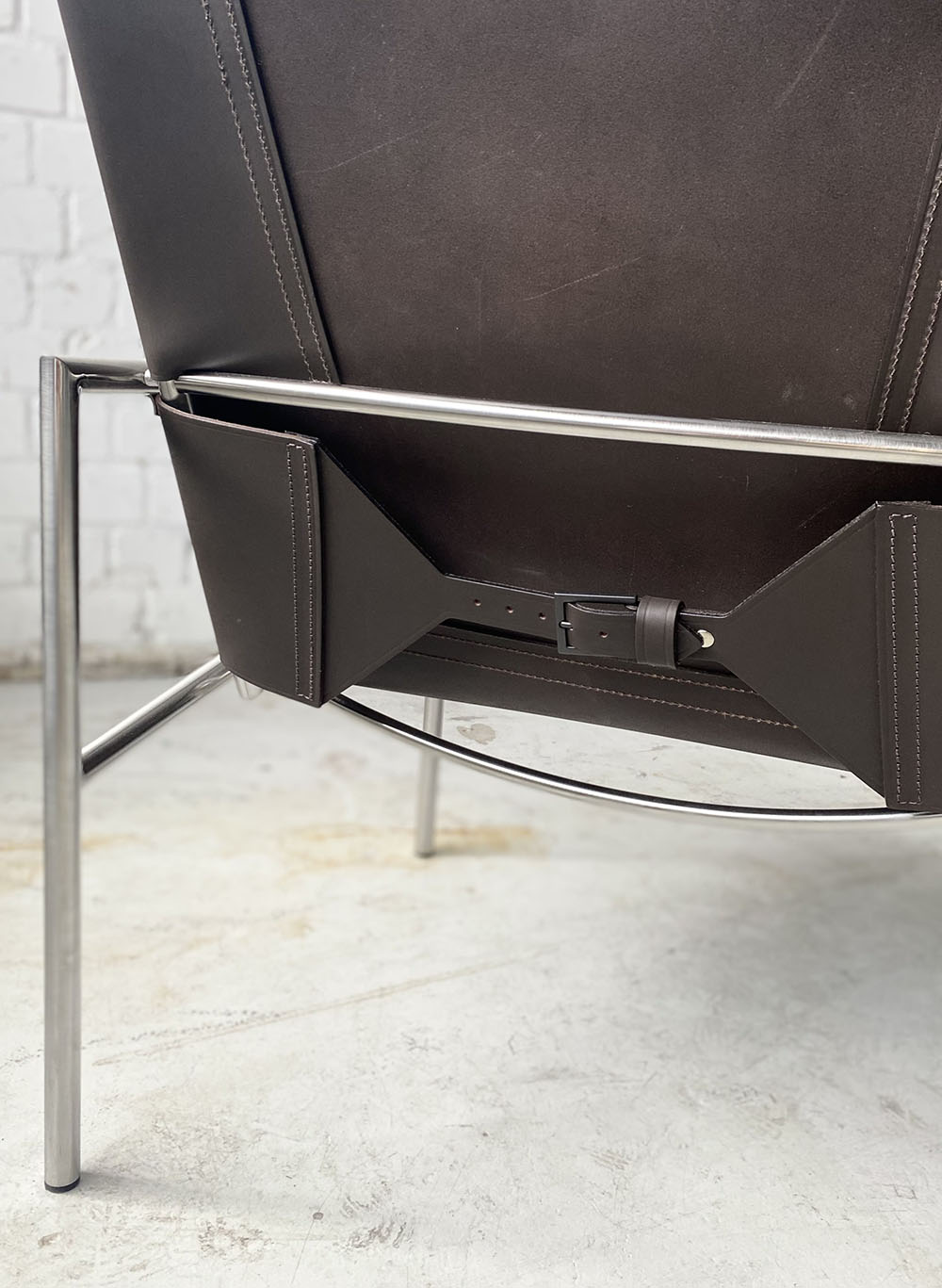
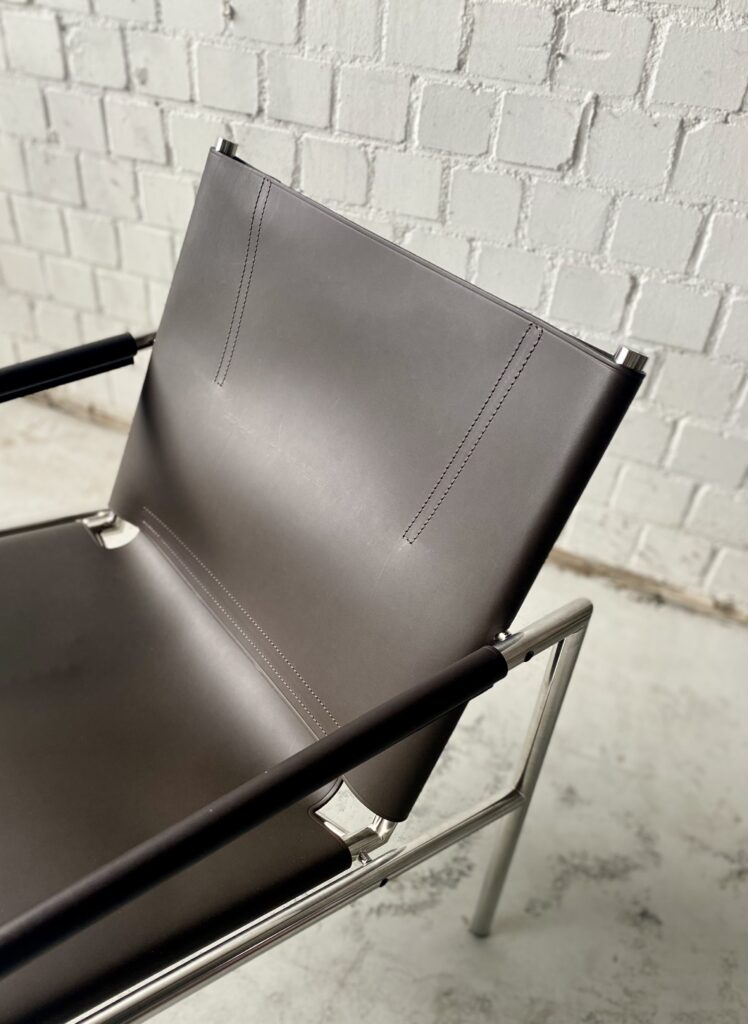

A beautifully hidden detail is the saddle leather lacing at the seat’s bottom. Like the buckle at the back, this leather lace allows you to pull the saddle leather tighter by yourself over time.
Various options
The SZ 02 is available with a brushed chrome or black epoxy frame. In addition, three colours of saddle leather are available: natural, dark brown and black. Please note as previously mentioned, saddle leather is a natural product and will discolour through use and under the influence of light. The latter is especially true for natural saddle leather and creates a characteristic and lively image. And did you know that an SZ armchair is also available in pulp cane? You can view this version here.
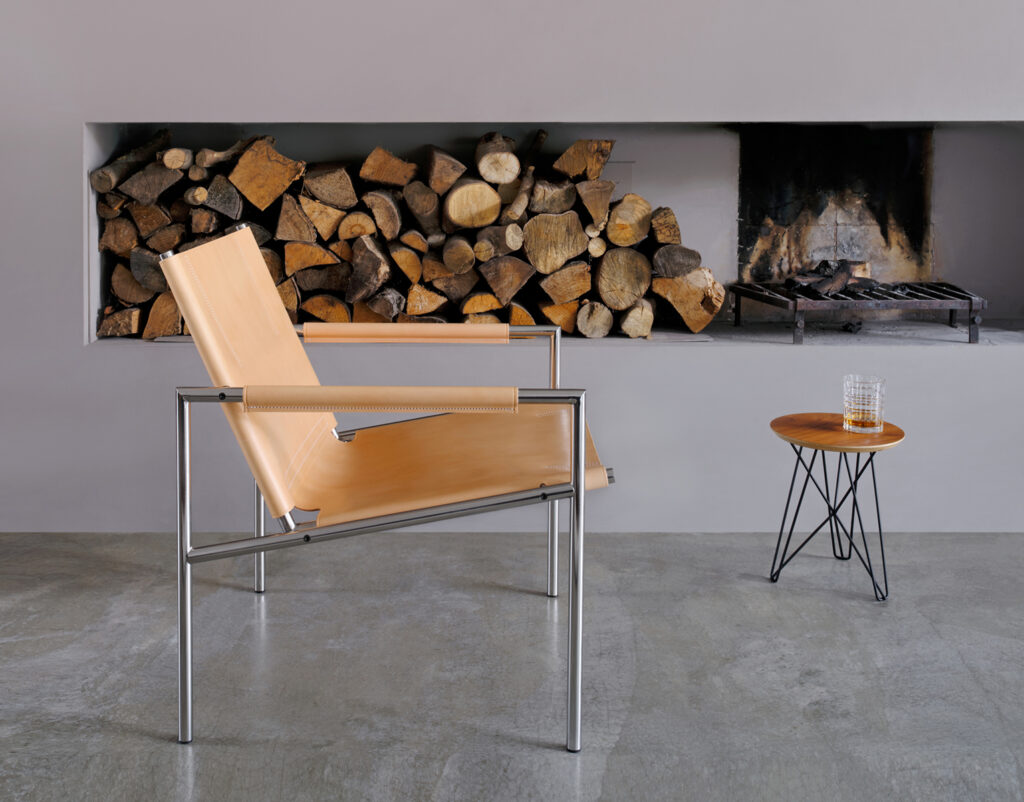
Small scars in the leather, caused by natural conditions such as insect bites or barbed wire, are inherent in the material. We try to cut along these irregularities when punching the hide or will incorporate it on the back or underside. However, this is not always possible. Remember, it’s not a defect, but rather a proof of authenticity. Is your SZ armchair in need of new upholstery after years of service? We will be happy to arrange this for you. Read about it here.
Would you like to drop by and try it out? You can do so at one of our sales outlets.

